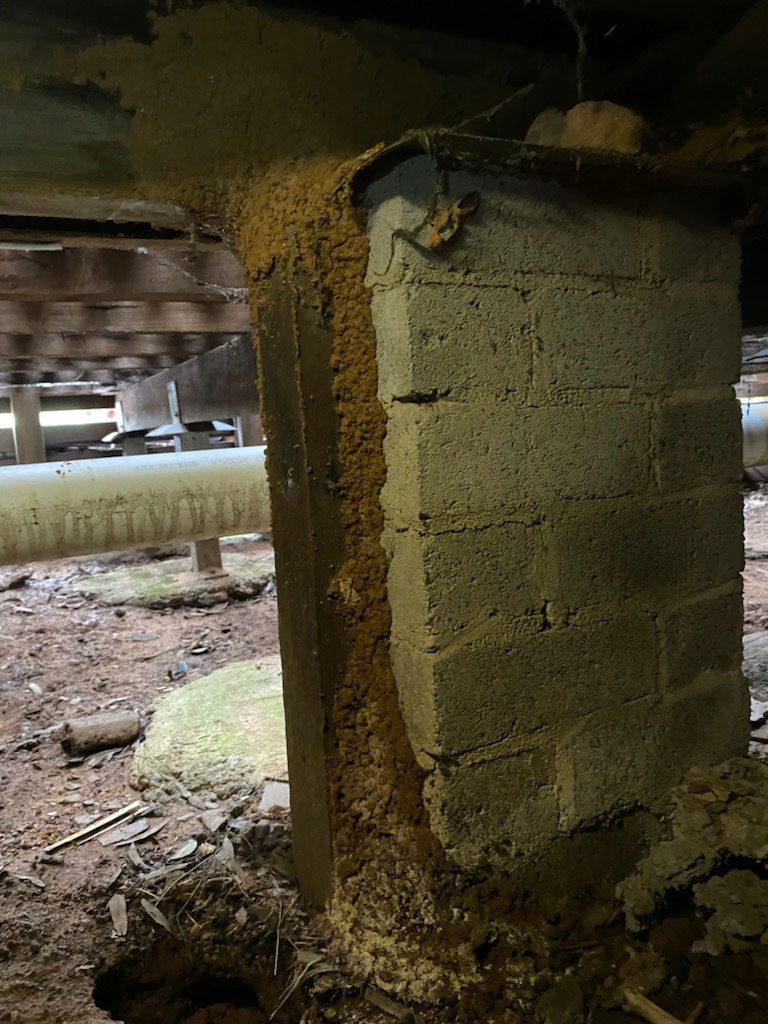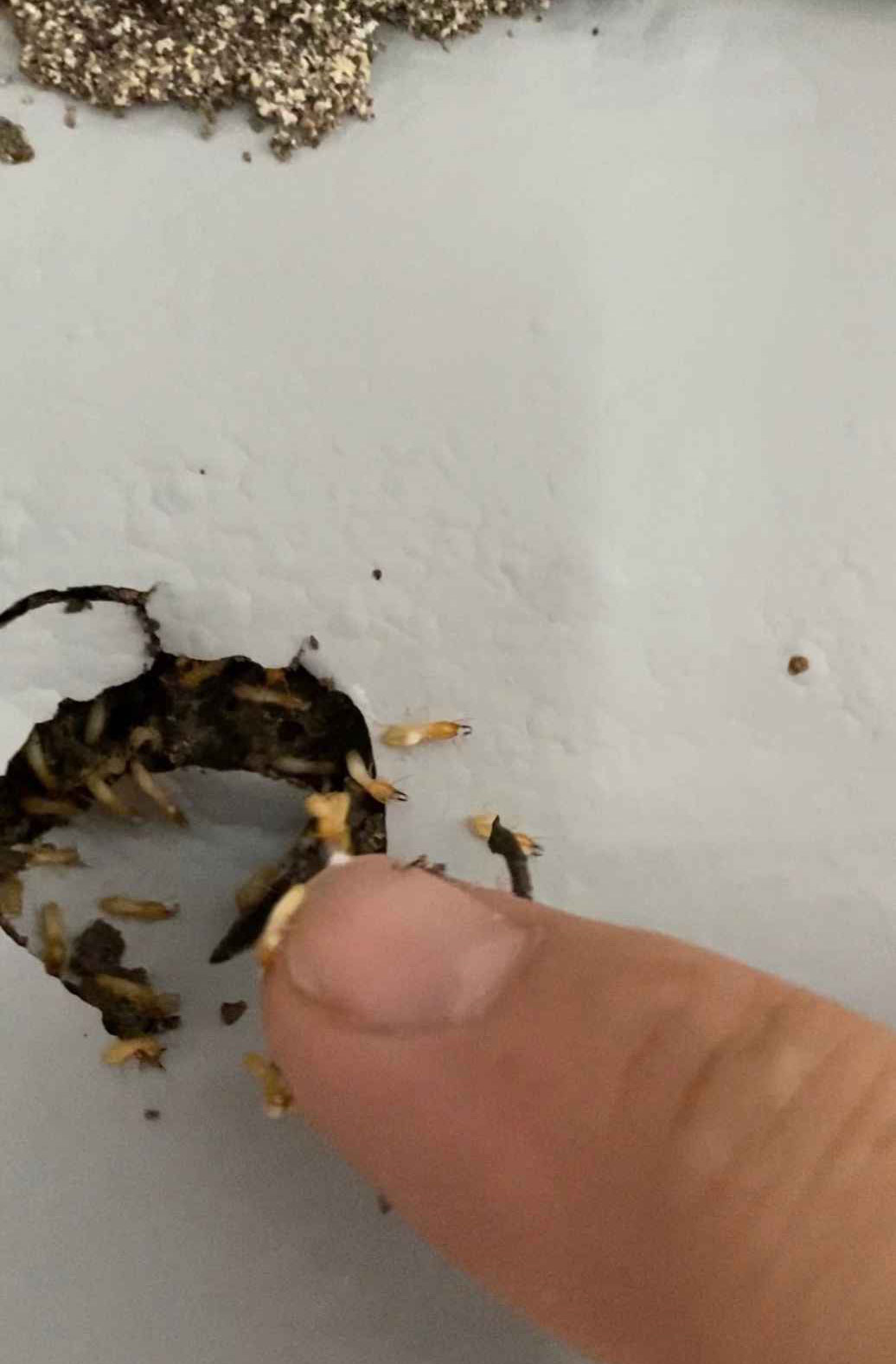Termites : Some of the common species of termites found in Australia:
- Coptoterrmes Spp
- Schedorhinotermes Spp
- Nasutitermes Spp
- Mastotermes Spp
- Heterotermes Spp
- Cryptotermes Spp
Termites facts
- Subterranean termites are the most common type of termite that infests timber in buildings and are one of the most destructive pests worldwide.
- Most species need to be near a source of moisture to survive, making their nests in or near the ground where they can easily acquire moisture from the soil.
- They live underground, above ground in mounds, inside trees and in arboreal nests high on trees.
- They tunnel through soil to enter our homes and business.
- Start their feeding process (causing damage) from the ground up and typically enter a building through the sub-structure.
Damage / impact by termite population / infestation
- Partially or completely damaging building material in service.
Treatment methods
- Treatment method will depend on a number of factors including but not limited to (termite species, location of infestation, property type, block type and soil type).
How we can help?
We use effective control methods on managing the termite population on your property.
- Step 1: Assessment / inspection – Examine your property / area of concerns to identify the termite species.
- Step 2: Treatment – Once the property has been assessed a quote will be given for the initial control of the colony (a treatment management plan will also be generated for inspections).
- Step 3: Re-inspection – A re-inspection will be completed as per the treatment management plan.
- Step 4: Cleaning – Can assist in the clean-up process if required (additional cost apply).
- Step 5: Assessment of the damage – Recommendation that the termite damage be inspected by a competent build expert / engineer.
- Step 6: Preventive measures – Discussion around preventive measures shall be discussed after the initial treatment / colony control.
Call Valley Pest Management on 0407779957 for further discussion or to arrange an onsite visit.
Find us on social media
< Bed Bugs : Cockroaches >






